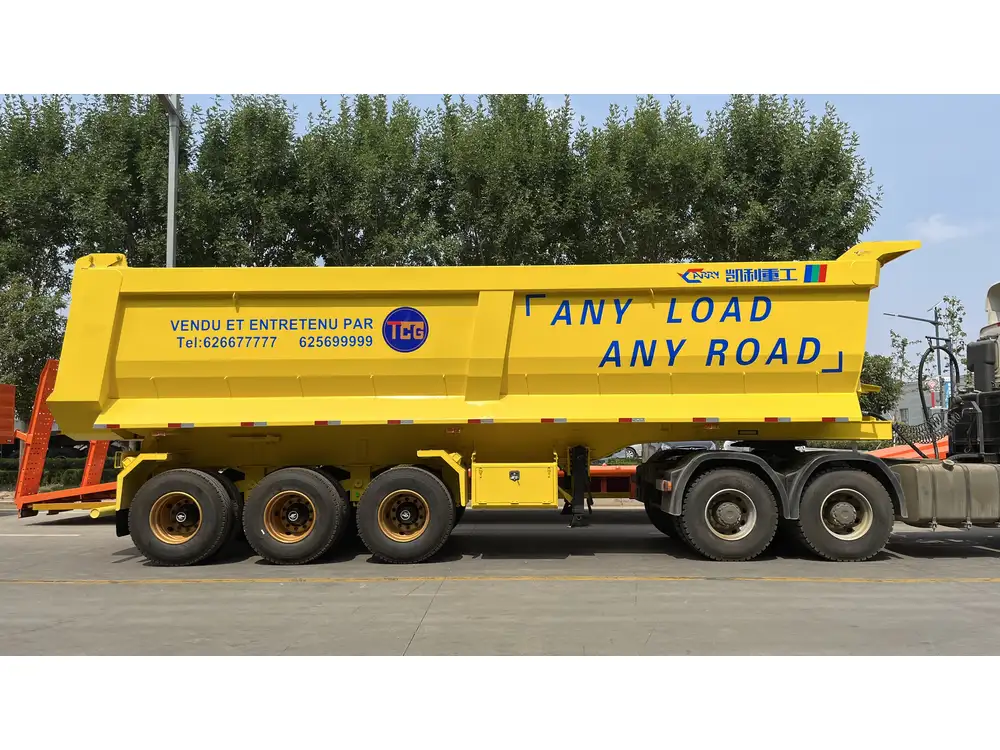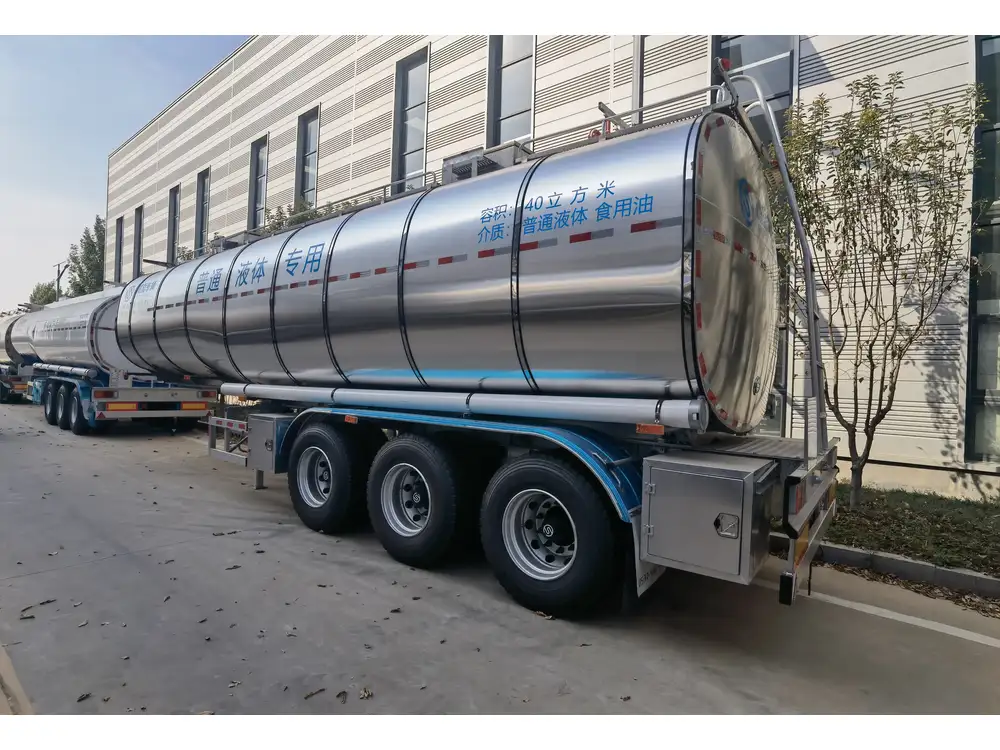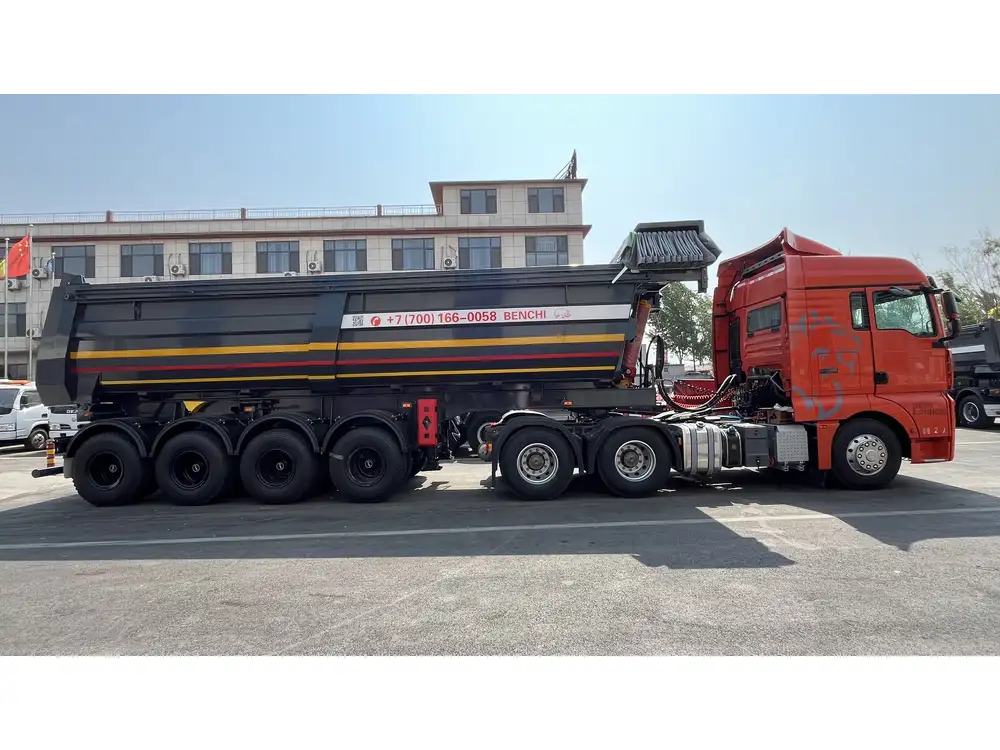In the world of commercial trucking, particularly for manufacturers and operators of semi-trailers, compliance with the Department of Transportation (DOT) regulations is crucial. DOT violations can lead not only to penalties and fines but also to significant operational setbacks. We delve into the intricacies of these violations, their implications, and how to navigate them effectively.
What Constitutes a DOT Violation?
DOT violations refer to the failures in adhering to safety and operational standards set forth by the Federal Motor Carrier Safety Administration (FMCSA). These can range from simple clerical errors to serious infractions involving vehicular maintenance and operator qualifications. Understanding the types of violations is key to compliance.
Categories of DOT Violations
Vehicle Inspection Violations
- Failure to Perform Inspections: All commercial vehicles, including semi-trailers, must undergo regular inspections to ascertain safety and regulatory compliance.
- Missing or Incomplete Inspection Reports: Proper documentation is essential. Failing to keep thorough records can result in violations.
Maintenance Violations
- Neglected Repairs: Semi-trailers must be maintained to ensure all components, from brakes to tires, are functioning correctly. Neglect can lead to critical failures on the road.
- Substandard Equipment: Using equipment that does not meet regulatory standards can lead to fines and increased liability.
Driver Compliance Violations
- Lack of Valid Commercial Driver’s License (CDL): Drivers must hold the appropriate licenses for the type of vehicle they’re operating. Failing to do so is a severe violation.
- Hours of Service (HOS) Violations: Drivers must adhere to regulations concerning driving hours to prevent fatigue-related accidents. Violations occur when these limits are exceeded.
Weight Violations
- Overweight Loads: Every semi-trailer has a designated weight limit. Exceeding this limit can result in hefty fines and dangerous driving conditions.
- Improper Load Distribution: Loads must be distributed evenly across the trailer to maintain stability and control.
Tire and Lighting Violations
- Improper Tire Maintenance: Regular checks for tread depth, inflation, and wear are mandatory.
- Non-Functional Lights: All lighting systems must work properly to ensure visibility and communication with other drivers.

Consequences of DOT Violations
Violating DOT regulations can have dire consequences, affecting profitability and reputation in the trucking industry. Here are some of the potential ramifications:
Financial Repercussions
- Fines and Penalties: DOT violations can incur penalties that vary based on the severity and frequency of the offense.
- Increased Insurance Premiums: A history of violations can lead to higher insurance costs, reducing profit margins.
Operational Consequences
- Vehicle Impoundment: Serious violations may result in the immediate impounding of the vehicle until compliance is met.
- Downtime: Addressing violations often requires vehicles to be taken out of service for repairs or inspections, leading to lost revenue.

Impact on Reputation
In the highly competitive trucking industry, a reputation for non-compliance can deter potential customers and partners. Trust is paramount, and any breach of regulations could harm long-term relationships.
Prevention Strategies
Proactive measures can be taken to mitigate the risk of DOT violations. Here are strategies that manufacturers and operators can incorporate into their operational protocols:
Implementing a Comprehensive Maintenance Program
- Regular Inspections: Schedule routine inspections for all vehicles, using a checklist that covers all DOT requirements.
- Document Everything: Keep comprehensive records of inspections, maintenance, and repairs, ensuring transparency in compliance efforts.

Training and Development
- Driver Training Programs: Invest in training programs that cover all aspects of DOT regulations, including HOS rules and vehicle specifics.
- Continuing Education: Regularly update your team on changing regulations and best practices in safety and compliance.
Load Management
- Weight Checks: Utilize onboard scales or regular weigh stations to ensure that loads remain within legal limits.
- Proper Loading Techniques: Train staff on load distribution and securement techniques to prevent overload and ensure stability.
Common Misconceptions About DOT Violations
Understanding the nuances of DOT violations can alleviate common misconceptions that may lead to unnecessary panic or ignorance.

Myth 1: All Violations Lead Directly to Heavy Fines
While many violations do carry fines, not all infractions result in penalties. Depending on the context, some issues might be rectified without substantial financial repercussions, especially if addressed promptly.
Myth 2: Only Drivers Are Held Responsible
While drivers carry a significant responsibility for compliance, fleet owners and maintenance teams must also share the burden. All parties in the operational chain must prioritize DOT regulations.
Myth 3: Only Major Violations Matter
Even minor violations can accumulate and lead to severe penalties over time. It is crucial to treat all regulatory compliance issues with equal severity.

Best Practices for Handling DOT Violations
Despite the best efforts, violations can still happen. Here’s how to address situations effectively when they occur:
Immediate Response
- Document the Violation: As soon as a violation occurs, document the circumstances and gather any potential evidence such as photos or reports.
- Communicate with Authorities: Be transparent when communicating with DOT officials. Engaging cooperatively can sometimes mitigate penalties.
Corrective Action
- Rectify the Issues: Immediately address the cause of the violation, whether it’s scheduling repairs or retraining personnel.
- Proper Record-Keeping: Ensure that all steps taken towards compliance are documented accurately.

Review and Adjust Policies
- Conduct Internal Audits: Regularly review operational practices to identify potential compliance gaps.
- Modify Training Programs: Make necessary adjustments to training and operational protocols based on audit findings.
Resources for Unpacking DOT Violations
Utilizing resources can provide additional support and information surrounding DOT compliance:
Regulatory Websites
- FMCSA Website: Stay updated with current regulations and compliance guidelines by referencing the information provided directly from the FMCSA.

Industry Associations
Joining organizations such as the American Trucking Association (ATA) can provide insights, training, and resources to ensure compliance with DOT regulations.
Compliance Software
Investing in compliance management software can streamline the process of tracking vehicles, maintaining records, and ensuring adherence to DOT regulations. These tools can provide reminders for inspections and audits and create dashboards for performance tracking.
Conclusion
In summary, the complexities of DOT violations on semi-trailers cannot be dismissed—they pose significant operational and financial risks for manufacturers and operators alike. By understanding the broad spectrum of violations, their consequences, and implementing effective strategies, we can navigate the intricacies of compliance in the trucking industry. Continuous education, adherence to best practices, and a proactive approach will not only enhance safety but also strengthen the long-term viability of any trucking operation. By taking these steps, we position ourselves not just as compliant manufacturers but as leaders in the industry, paving the way for a safer and more reliable future.



